Discovering minor cannabinoids:
CBN, CBC, CBG, and more!
Learn about minor cannabinoids, active compounds that occur naturally in cannabis plants
and some of which don’t produce intoxicating effects comparable to THC’s.
Zooming in on minor cannabinoids
Many of us are familiar with THC and CBD, but have you heard of these?
- Delta-8 THC
- Delta-10 THC
- Delta-6a(10a)-THC
- THC-O-acetate (THC-O)
- Cannabinol (CBN)
- Cannabigerol (CBG)
- Cannabichromene (CBC)
- Hexahydrocannabinol (HHC)
- Tetrahydrocannabivarine (THCV)
- Tetrahydrocannabiphorol (THCP)
- Tetrahydrocannabutol (THCB).
Beyond THC and CBD, cannabis flowers also contain a wide range of other active compounds, including minor cannabinoids. They’re called minor because they naturally occur in smaller concentrations.
The minor cannabinoid content is low in cannabis flowers in their natural state. However, minor cannabinoids are found in higher concentrations in vaping liquids and other extracts. It all depends on the type of extraction used (rosin, resin, distillate or isolate) and the manufacturer’s aim. Some producers may isolate specific minor cannabinoids and add them to their formulations, depending on the profile they want to create.
In short, the expression “minor cannabinoids” does not mean that the cannabinoids are less important but merely that in cannabis plants, they naturally occur in smaller concentrations.
Although most minor cannabinoids are not intoxicating, they can influence the effects experienced by users, a phenomenon known as the entourage effect. However, there is little research on the topic, and the specific effects of minor cannabinoids on the user’s experience cannot be confirmed with certainty.
Minor cannabinoids: are they intoxicating or not?
Not all cannabinoids act on the brain in the same way, especially in comparison to THC. Some, including THCV, delta-8 THC and CBN, can produce effects similar to THC, albeit ones that are often milder or different.
Others, like CBG and CBC, are usually not considered intoxicating, insofar as the available data do not clearly provide any evidence of effects likely to alter the user’s perception, mood or behaviour.
But even if labelled “unintoxicating,” these compounds can still affect the user experience, though the science regarding them is limited and does not clearly show how or how intensely any effects may appear. More research is required before their role and possible effects can be understood.
In brief, not all cannabinoids are as psychoactive as THC but some may still have direct or indirect psychoactive effects. The line between cannabinoids that are intoxicating and those that are not may move over time based on scientific discoveries.
Remember, too, that the effects can vary from person to person, as each individual’s endocannabinoid system is unique. That’s why you shouldn’t take others’ use as a guide for determining yours. Being aware of the effects on your body and mind is the key to responsible use.
What are the best-known minor cannabinoids?
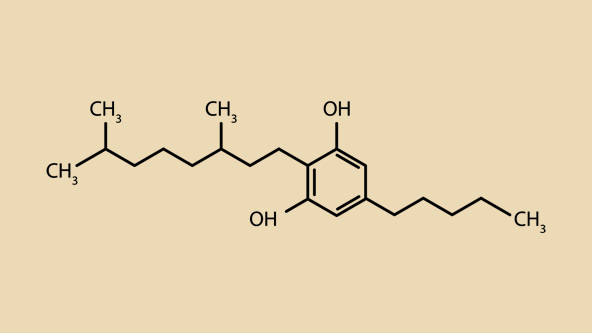
CBG | Cannabigerol
Generally speaking, cannabigerol (CBG) is present only in very small quantities. It produces no THC-like psychoactive effects but does play a key role in the formation of other cannabinoids.
- Often called the precursor or “mother” of THC, CBD and CBC, CBG acts as a basic chemical that the plant uses to develop its main active compounds.
- As the cannabis plant matures, a series of naturally occurring enzyme reactions transforms the CBGa (cannabigerolic acid) into:
- THCA (if the THCA synthase enzyme is dominant)
- CBDA (if the CBDA synthase enzyme is dominant), or
- CBCA (if the CBCA synthase enzyme is active).
- Some strains, including Sour G and White Widow, may have a profile that is naturally richer in CBG.
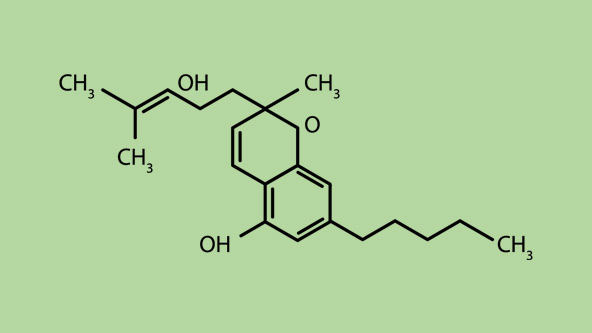
CBC | Cannabichromene
Found in low concentrations in most strains, cannabichromene (CBC) is one of the more common minor cannabinoids.
- Cannabichromene (CBC) is derived from CBGA (cannabigerolic acid, the same precursor as for THCA and CBDA. The plant’s genetics determine the proportion of CBC.
- Unlike THC, CBC is considered by Health Canada to be non-intoxicating. When used by itself, it does not significantly bind to the body’s CB1 receptors, those responsible for producing the effects typical of cannabis.
- Strains with a slightly higher CBC content are often rich in CBD, come from Lebanon or northern India or are derived from Indica-dominant strains (Cannatonic, Charlotte’s Web and Harlequin, for example).
- The CBC content of dried flowers remains low compared to the major cannabinoids. However, the levels in some full-spectrum extracts and oils can be higher because the extraction process naturally concentrates the cannabinoids present, including CBC. What’s more, some formulations produce extracts in which a specific cannabinoid has been isolated and reintroduced in greater concentrations, as is sometimes the case with vaping products.
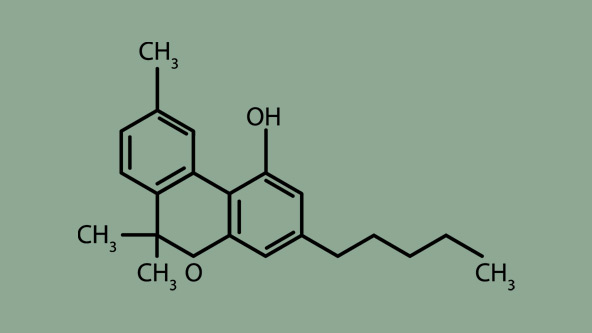
CBN | Cannabinol
Cannabinol (CBN) is a minor cannabinoid that is formed as THC degrades and cannabis flowers mature.
- CBN can form when THC degrades on exposure to heat, air and/or light.
- In terms of psychoactive effects, CBN is considered less powerful than THC, though less powerful doesn’t mean non-existent. While the effects are, for some users, less intense than those of THC, it nonetheless may produce effects, which is why Health Canada considers it an intoxicating minor cannabinoid.
- The Lemon Kush, Ace of Spades and Durban Poison strains usually have an increased potential for CBN creation, though this also depends on other factors such as the production conditions and the genetics of the strain’s “parents.”
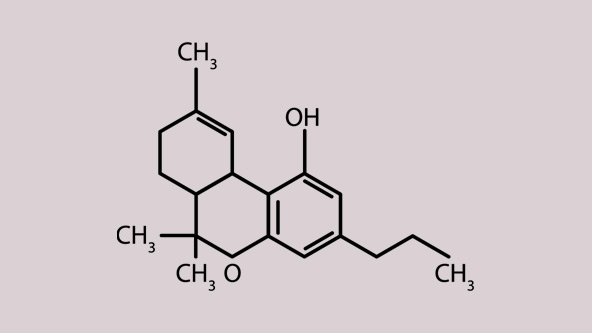
THCV | Tetrahydrocannabivarine
Discovered in the 1970s, tetrahydrocannabivarin (THCV), is considered to be related to THC because they have similar molecular structures. Despite the structural similarities, however, there are some significant differences in how THCV works.
Research continues in Québec and abroad
Research into minor cannabinoids is booming. Researchers are dedicating their studies to an in-depth exploration of the effects associated with these cannabinoids, whether taken on their own or in combination with others. Nonetheless, it remains unclear exactly how these compounds affect the human body, and more research is required before we can be sure of the potential effects of minor cannabinoids on the effects experienced by the user.
Also, cannabis products that contain only minor cannabinoids (no THC or CBD) aren’t frequently encountered in the regulated market in Québec. This makes it hard to experience and define any unique effects as distinct from the overall effect of the cannabis product.
What’s the entourage effect?
While it continues searching for solid proof of the effects of minor cannabinoids, the scientific community is increasingly interested in the so-called entourage effect. This is when the various active molecules in cannabis (cannabinoids, terpenoids and flavonoids) act synergistically, either intensifying or moderating the effects of the THC and CBD. Note, however, that this has not been scientifically proven and that, because the effects of a given product can vary from person to person, it remains very difficult to measure.
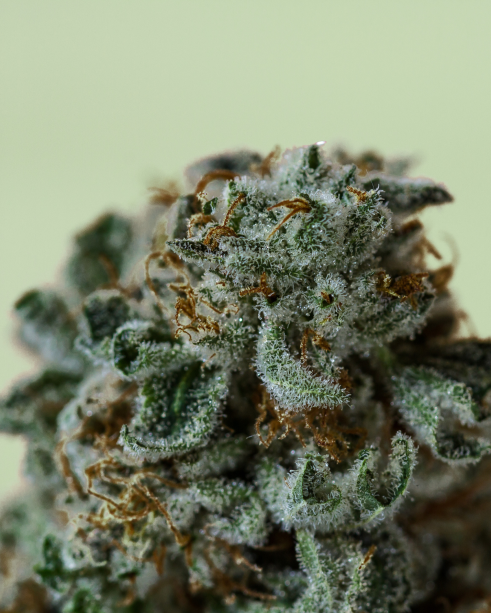
How to choose a product
The right product for your needs
It’s important to choose a cannabis product and a mode of consumption that suits one’s level of experience, state of health, and tolerance towards certain potentially unpleasant effects. For personalized tips, please do not hesitate to consult our Buying guide.
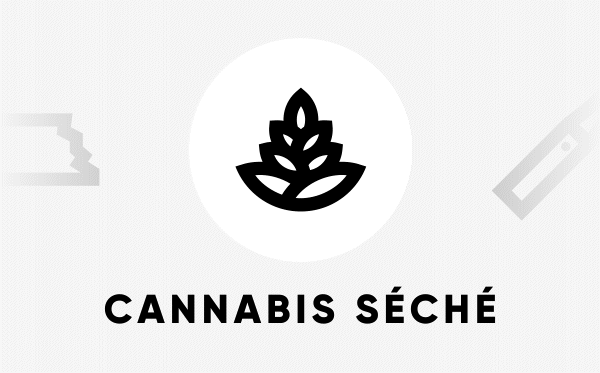
You would rather speak to an SQDC professional?
Our advisors are online!
Click on the SQDC icon in the bottom right-hand corner of any page to start a conversation with one of our in-store advisors!

Frequently asked questions
Products
-
Which cannabinoids are considered to be drugs?
In Canada, since 2018, all cannabinoids are considered “cannabis” and not “drugs” under federal law.
Elsewhere, THC (tetrahydrocannabinol), the main psychoactive cannabinoid, is frequently classified as a drug due to its intoxicating effects. The classification of other cannabinoids can vary by jurisdiction.
-
Where can cannabinoids be found?
Cannabinoids are mainly found in the trichomes of the cannabis flower. However, some cannabinoids, such as CBD, can also be derived from hemp (hemp is what the Cannabis sativa plant is called when it is grown for industrial purposes). In Canada, all cannabinoids are classified as cannabis, even when obtained from industrial hemp. Among other things, this means they cannot be legally acquired except at the SQDC.
-
Can children be given CBD?
In Québec, it is illegal to share cannabis with anyone under 21 years of age or to buy it for them.
-
What’s the difference between CBD and CBG?
While CBD and CBG are both unintoxicating cannabinoids found in cannabis, they interact differently with receptors in the human body. CBG is often called the “mother cannabinoid” because, while present only in small quantities, it is a building block for THC, CBD and CBC. For its part, CBD is produced directly by the plant using CBG and is found in stronger concentrations in several strains. To sum up: CBG is the precursor cannabinoid and CBD is an abundant and better-known cannabinoid.
-
What are CBD and CBN?
CBD (cannabidiol) and CBN (cannabinol) are two different cannabinoids found in cannabis. CBD is commonly found in larger amounts than most other cannabinoids. CBN is a minor cannabinoid constantly being produced as the THC degrades over time and when exposed to light and heat. It is often found in small quantities and its effects do not have the same intoxicating potential associated with THC.
-
How old do you have to be to purchase CBD?
The legal age for buying CBD for non-medical purposes depends on the region and country. In Québec, the minimum age is 21, as is the case for all other forms of cannabis.
-
Does CBN naturally occur in cannabis?
Yes. CBN (cannabinol) forms when THC degrades. The degradation process is constant and is influenced by factors such as the maturity of the cannabis flower and post-harvest exposure to light, air and/or heat.
Other articles you might like
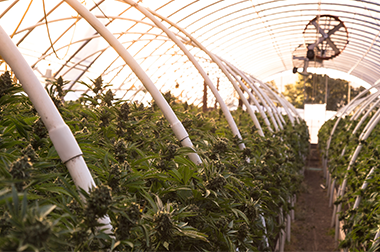
Why does the cannabinoid concentration vary within the same product?
The cannabinoid concentration within the same cannabis product can vary from batch to batch. Discover why in this article.
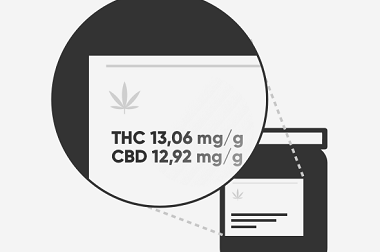
Practical guide to the new units of measure for THC and CBD concentration
All dried or ground flower products, pre-rolls, oils, and oil sprays now display the concentration of cannabinoids in miligrams per gram (mg/g).
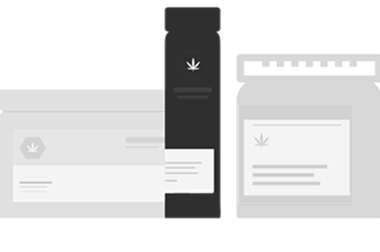
How do I read the tag on a dried or ground cannabis product?
For your convenience, we prepared a list of five important things to look out for.








